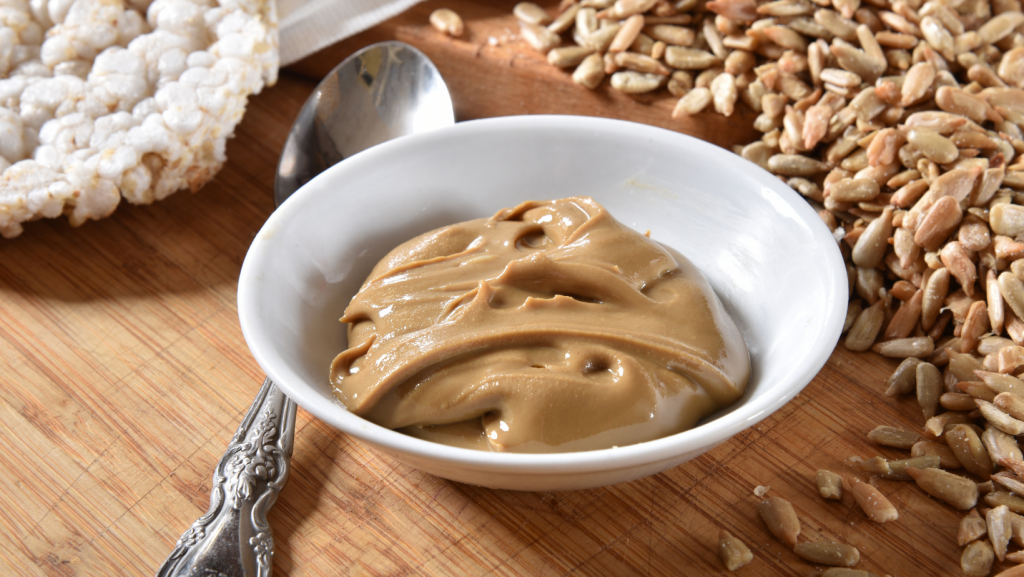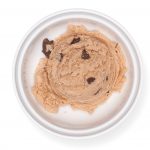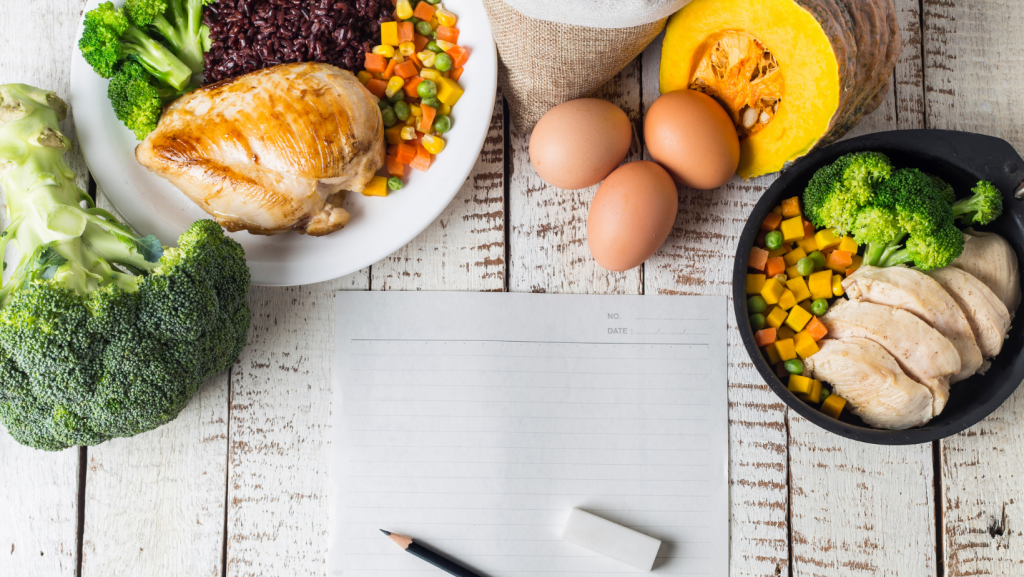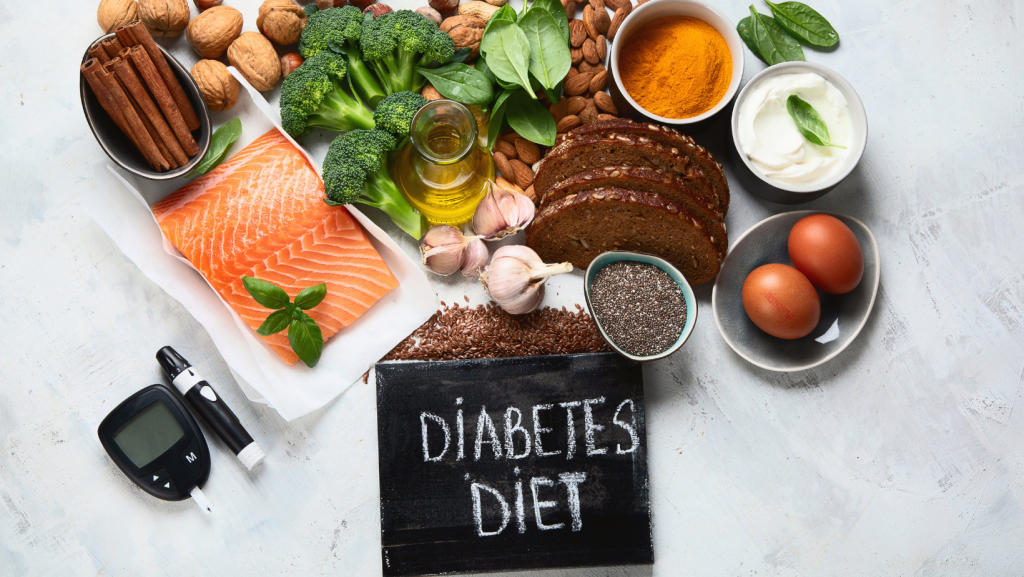Cooking for Special Diets from Gluten Free to Vegan
Cooking for Special Diets from Gluten Free to Vegan
by Kerry Cordy

Every day it seems that more and more people require a special diet. Whether because of health concerns or moral beliefs, requiring a special diet means you have to think carefully about what is in the foods you choose to eat. For most people on special diets, the need is from food allergies or medical conditions such as high blood pressure or diabetes. For others such as most vegetarians and vegans their food choices may come from their beliefs about animals and the environment. Regardless of why someone requires a special diet, cooking for those with unique dietary requirements can present a challenge.
To get started earning your Cooking for Special Diets badge, read on.

Cooking for Food Allergies
Food allergies can range from mild to life threatening and learning to cook food that is safe for family and friends is an excellent skill. Cooking for special diets can be as simple as making some minor recipe adjustments. Most recipes can be made as is with simple substitutions, but always check with the person involved to insure those substitutions, as well as the method of cooking is safe for them. For some people with very severe allergies even cross contamination can be dangerous. For example if you have a severe gluten allergy, even though French fries are gluten free, if they are fried in the same oil as battered onion rings, they can still become contaminated with gluten. Some of the most common food allergies are listed below as well as possible substitution ideas to use in recipes. The Kids With Food Allergies website has a very comprehensive article on various food substitutions and how to use them.
- Peanut Allergy: Peanut butter is staple in many households that can be deadly to those with a peanut allergy. Instead try sunflower seed butter.
- Egg Allergy: An easy egg substitute when baking is to use ground flaxseed and water or applesauce.
- Gluten Allergy:Flour comes in many forms, so replace wheat flour with other sources such as rice, coconut, or almond flour.
- Milk Allergy: There are a variety of dairy substitutes from almond milk on your cereal to dairy free margarine in place of butter.
- Fish/Shellfish Allergy: Even fish can be substituted with specially prepared tofu or seitan to make recipes like “fish” sticks.
The success of substitutions in recipes often depends on how many substitutions you are planning to make. Usually a recipe turns out just fine with just one or two substitutions, but if you are substituting four out of five ingredients, your end result will likely not resemble the original recipe much at all so choose your recipes wisely.
To Do: Try making one or more recipes that are food allergy friendly. A few examples might include:
 Eggless vanilla cake from Eggless Cooking
Eggless vanilla cake from Eggless Cooking
Dairy Free Vegan Parmesan Cheese from Minimalist Baker
Nut-free, dairy-free chocolate sunflower butter ice cream from Allergic Living
Tofu Fish Sticks – by the Spruce Eats
Gluten Free Pizza by Gluten Free Palate

Vegetarian vs Vegan: What is the Difference?
For many around the world, eating a plant based diet with no meat is considered not only healthier, but better for our environment and kinder to animals. So what is the difference between a vegetarian and a vegan? A vegan is someone who does not consume any animal byproducts whatsoever. This means they do not eat meat, eggs, honey or even milk as these are all products of animals. Vegetarians on the other hand don’t eat meat, but some will eat eggs, dairy, honey, and even sometimes fish depending on the degree of their beliefs or health issues.
Cooking for most vegetarians is fairly simple as most just don’t eat meat. Choosing meatless recipes or eliminating meat from a recipe such as spaghetti sauce is an easy fix. Vegans on the other hand are a bit more difficult. Finding recipes that do not use eggs, dairy, and meat can be much more limiting. Cooking for vegetarians and vegans also requires close attention to the nutrients consumed. Many vegans and vegetarians do not consume enough protein so making sure there is enough plant based protein in your recipes can be critical to maintaining good health.
To Do: Plan and cook meals for one day for a vegetarian or vegan and make sure that you have enough plant based protein to keep the diet healthy.

How to Make Special Diets Healthy
How do you figure out if a special diet gives you all the nutrients you need? Use the Dietary Reference Intakes (DRIs) established by the Health and Medicine Division of the National Academies of Sciences, Engineering and Medicine to help you figure out how much of each type of nutrient you should be consuming each day.
To Do: Click on the calculator below to be taken to USDA website where you can enter some basic health information into the calculator to find out what nutrients you need.
DRI CALCULATOR
This calculator will give you a basic understanding of the quantities of protein, carbohydrates, fats, and various vitamins and minerals you need each day. Then look at the recipe you have chosen to cook and see what requirements it fulfills. Make sure to choose a combination of recipes that will include enough of each type of nutrient throughout the day.

Understanding Some Special Diets and Why They Are Needed?
Before going on any sort of special diet people should always check with a doctor and a registered dietician. Understanding why people go on special diets can help you in committing to helping them stay on it.
- Low-glycemic/diabetic: This is a diet designed to help control blood sugar levels for those whose bodies cannot do so on their own.
- Kosher: Kosher is a term used to describe food that complies with the strict dietary standards of traditional Jewish law. Keeping to the restrictions of a kosher diet is about reverence and adherence to religious belief and traditions more than about health or food safety.
- Low Salt: Low-salt or sodium diets are frequently recommended to those with heart conditions or high blood pressure.
- Ketogenic: The ketogenic diet (high in fats) is frequently used for epilepsy and other neurological conditions such as Alzheimer’s and Autism.
- Food Rotation Diet (not calorie rotation): Diets that rotate food groups are usually used to treat multiple food allergies and sensitivities.
- Gluten Free: Used for those with gluten allergies or conditions such as Celiac disease.
To Do: Play a matching game put together by the Welsh government matching special diets with a description of the foods that they avoid. Click on the image below for a printable version of the game.
Careers Involving Cooking for Special Diets
As the world shrinks and a wider variety of foods become available, special diets are more and more common. Entire career paths can be found just within the special diet industry.
To Do: Learn about one or more careers that involve special diets. Examples might include:
- Registered Dietician
- Nutritionist
- Food Scientist
- Chef
- Personal Chef
- Personal care assistant
- Nutritional Journalist
Find out what education is needed for the career you choose. How much might your salary be? What would your job entail?

Cooking for Diabetics
Diabetes in on the rise in America and the diabetic diet is a healthy alternative for just about everyone whether you are diabetic or not. John Hopkins University has a fantastic article called “Cooking for a diabetic? Here’s how to shop and make meals.” It goes over everything from reading labels to menu planning.
To Do: After reading the article from John Hopkins, plan a meal around what you have learned. Go shopping for your ingredients and read the labels of what you purchase to ensure the amount of carbohydrates, sugar, fat, and fiber in each serving is appropriate.

Cooking Special Diets for Friends and Family
To Do: Talk to your friends and family and find out who is on a special diet. Some might be a simple diet such as a single allergy to strawberries or they might be a much more complex diet such as a Low-glycemic/diabetic diet. Find at least one recipe that fits each diet. Before making it, check with the person it is for and ensure that it fits within their dietary restrictions. Then make the dish and gift it to your friend or family member if possible.
For more badge resources follow our Badge of the Week calendar as we choose a new badge each week to focus on. Previous Badge of the Week Resources can be found on our blog by choosing the Badge of the week category.
Disclaimer:
External links lead to third party websites for the convenience of users. Curiosity Untamed is not responsible for the availability or content of these external sites, nor does Curiosity Untamed endorse, warrant, or guarantee the products, services, or information described or offered on other websites. Use these sites at your own risk.
